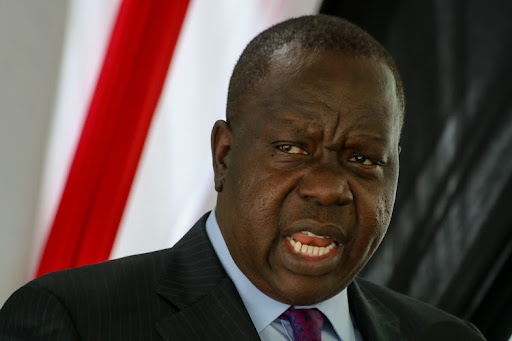A travel advisory on Kenya has been extended for another three months due to risk of polio.
Experts who advise the World Health Organization said Kenya should officially declare, if not already done, at the level of head of state or government, that the prevention or interruption of poliovirus transmission is a national public health emergency.
Kenya reported eight cases of vaccine-derived polio last year, which resulted in paralysis of some children.
The country further reported one case of circulating vaccine-derived polioviruses (cVDPV) type 2 in February.
A report Kenya filed to the Global Polio Eradication Initiative indicates that the country reported another suspected case on May 15.
In total, 35 countries have reported cases of cVDPV2 since last year and have been put on the travel watch.
WHO boss Dr Tedros Adhanom convened the advisers and heard from affected countries including Kenya, on July 8.
The team announced its verdict on Tuesday and said the goal is to ensure cVDPV2 is eliminated by 2028.
“The cVDPV2 transmission in the Horn of Africa seems to be intensifying during the first half of 2024,” the team said in a statement.
“The committee unanimously agreed that the risk of international spread of poliovirus still remains a Public Health Emergency of International Concern (PHEIC) and recommended the extension of Temporary Recommendations for a further three months."
WHO's International Travel and Health Recommendations advise that all travelers to polio-affected areas in Kenya be fully vaccinated.
Residents of infected areas should receive an additional dose of oral polio vaccine or inactivated polio vaccine within four weeks to 12 months of travel.
In Kenya, most cases were reported from Northeastern in refugee camps.
The cause of cVDPV is low immunisation rates. The best way to prevent them and stop them when there is an outbreak is to vaccinate children.
The WHO advisers said Kenya should “intensify efforts to increase routine immunisation coverage, including sharing coverage data, as high routine immunisation coverage is an essential element of the polio eradication strategy, particularly as the world moves closer to eradication.”
Countries that have not yet introduced IPV2 into their schedules should urgently implement this, the team advised.
“Once available, countries should also consider introducing the hexavalent vaccine now approved by Gavi,” the advisers said.
In the past 12 months, Kenya has vaccinated millions of children in rapid campaigns using the oral polio vaccine, which contains a live but weakened virus.
The OPV is more effective than an injectable vaccine that contains killed viruses—used in most rich countries—because it stimulates long-lived immune responses in the intestines where polio replicates.
The problem is that these weakened viruses can be excreted live and become active again.
“The vaccine virus is also excreted in the stool and in communities with low-quality sanitation. This means it can be spread from person to person,” GPEI said in a statement.
In extremely rare cases, people infected with the excreted virus can develop paralysis.
Polio is highly infectious and largely affects children under five, causing permanent paralysis in approximately one in every 200 infections.
It has no cure but can be prevented and eradicated through vaccination.
Eradicating it requires 100 per cent vaccine coverage, but the WHO estimates the vaccination rate in Kenya is about 91 per cent.
Some areas of the country, such as those near Somalia, have vaccination rates of only 77 per cent.











